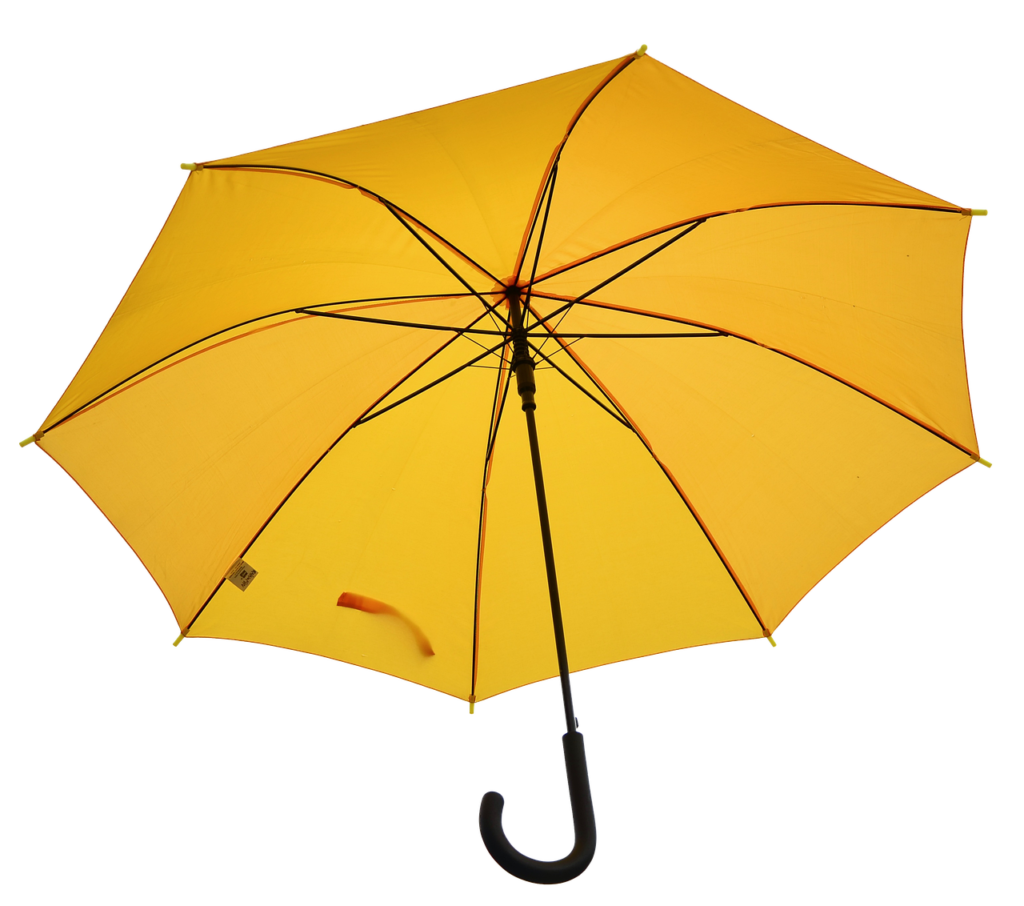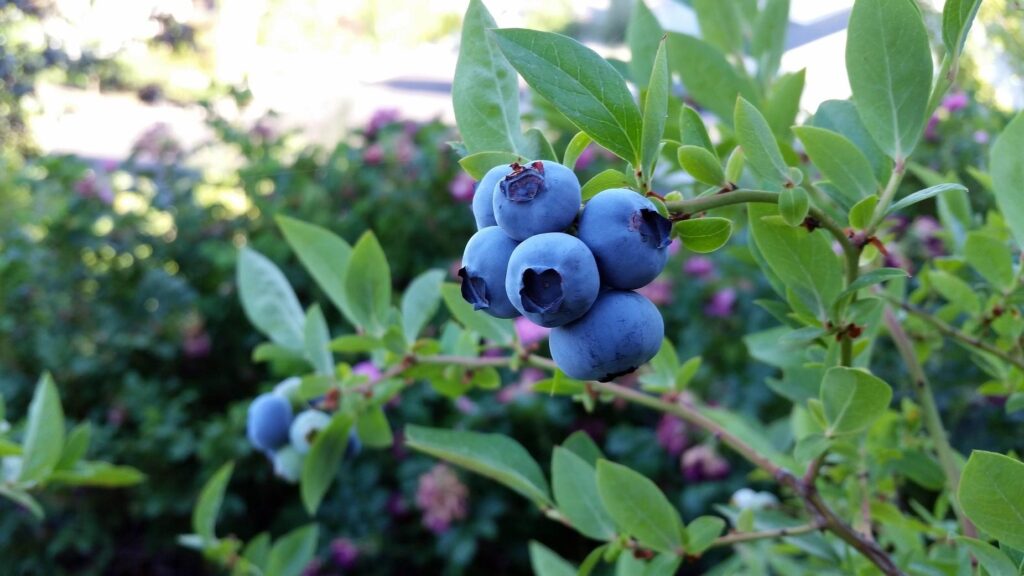Don’t Forget the Parasol
Spring blooming plants should be planted in late summer or early fall. Plants that bloom in the fall should be added to your garden in the spring, for the most part. Check planting dates for specific perennials, shrubs and trees; some plants love to break the rules. You should also give them time to get established before they bloom or the onset of cold weather, notes the University of Maryland Extension.

Transplant perennials on cloudy days to reduce sun and/or heat stress.
Transplant plants, if possible, when they are dormant or just beginning to grow. They can be transplanted when in bloom, if handled with care.
Here are tips from the UME:
- Dig a hole, amend the soil with organic matter if necessary. *
- Fill it with water and let it drain.
- Dig the perennial up carefully, save as large a root ball as possible.
- Place the transplant in the hole and fill with soil.
- Water the transplant, mulch it, and protect it, if necessary, with a cardboard screen.
*Many native plants prefer the soil they naturally grow in such as clay. If the soil is enriched, they will grow too vigorously.
#plant,#transplant,#soil,#springbloomingflowering,#fallbloomingflowers,#dormantplants,#cloudyday


